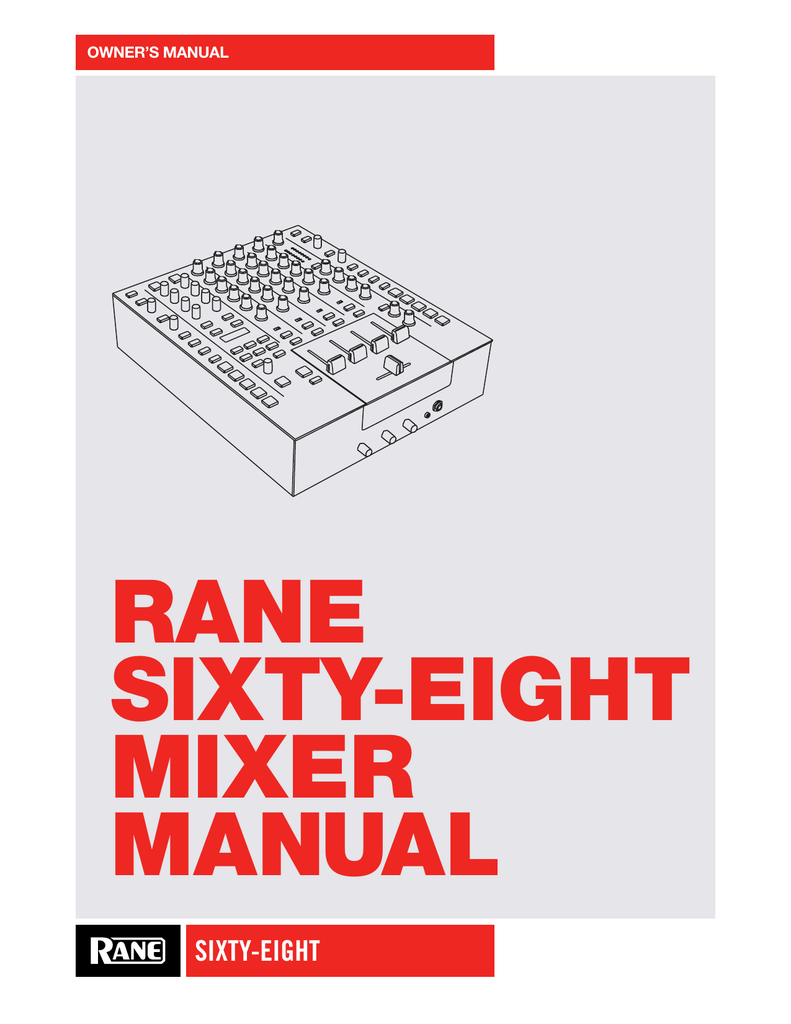
Why it’s great: Being able to label saved loops can be extremely useful performance routines or specifically planned mixes. Serato DJ already let DJs label your cue points, but the obvious next step, labeled loops, has been missing. Label Saved Loops Labels for loops: seems basic, right? Especially great for quick mixing open format DJs like myself. Why it’s great: For example, sorting by artist, then by BPM from slowest to fastest can come in handy when you have a particular song in mind and you know the tempo but might not remember the song title. This is a feature I never really considered but now can’t understand why it wasn’t already in the software. Serato DJ now gives us the ability to sort by more than one column. Sorting tracks quickly and effectively is key to playing a great set.

You can also give new life to some of your older crates this way! Secondary Sort Smart filters inside other crates allows users to tidy up their crate lists making them easier to sort through. Why it’s great: Now Smart Crates can have an extra level of organization that was before missing. This is very useful for finding songs that mix in well on-the-fly! Filter your crates with intelligent sub-playlists.

It gave Serato users the ability to make crates similar to iTunes smart playlists without having to use the iTunes ecosystem. When Serato added the ability to make Smart Crates (one of the final features added to Scratch Live) it was a huge step forward for library organization nuts like myself. Today, guest contributor DJ PDot shares insight into which features make the beta a boon for power users of Serato. Last week, Serato released the Serato DJ 1.9.2 beta, filled with bug and stability fixes along with a few “not flashy” but very useful features.


 0 kommentar(er)
0 kommentar(er)
